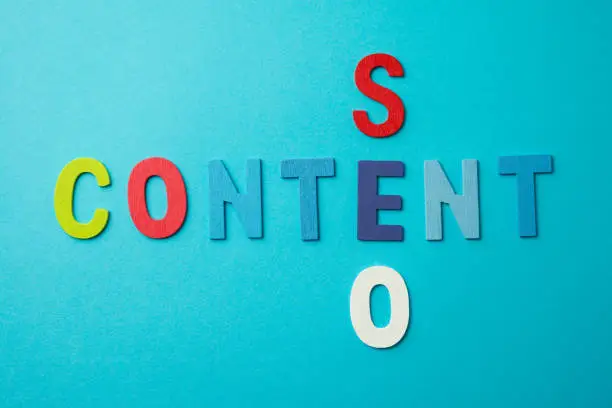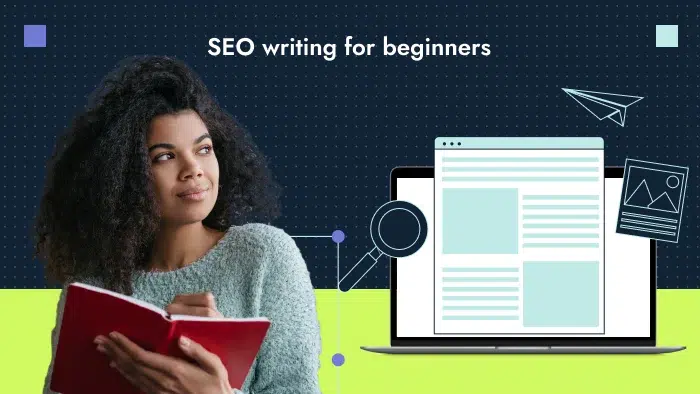Blend Multiple Stories to Boost Readability and Engagement
Blending multiple stories in an article can significantly enhance its readability and engagement. When you weave together personal experiences, third party examples, and client case studies, your content becomes richer, more relatable, and emotionally compelling. Readers absorb ideas better when they see them in various contexts. Google’s Helpful Content Update emphasizes writing for people, not algorithms, and interwoven narratives naturally align with EEAT (Experience, Expertise, Authoritativeness, Trustworthiness).
In this 1,200 word guide, you’ll learn how to strategically incorporate multiple stories into any article, why it works, and how it elevates both UX and SEO. Whether you’re a blogger, marketer, or business owner, mastering this storytelling approach can help your content stand out captivating readers, improving dwell time, and building your authority.
Why Weaving Multiple Stories Matters
Keeps Readers Invested
A single story can grab attention, but multiple stories spaced throughout an article keep readers curious and engaged. Each narrative creates a mini cliffhanger, encouraging readers to continue.
Demonstrates Depth and Expertise
When you share diverse experiences or case examples, you show that you’ve thought through a topic from different angles. That signals both experience and authority.
Improves Content Flow and Structure
Telling stories at key points can serve as signposts and transitions, helping your content feel coherent and easy to follow.
How to Select the Right Stories
Balance Personal and External Narratives
Combine:
- Personal anecdote: Your own relevant experience.
- Client or third-party story: A relatable example from someone else.
- Industry or broader-case scenario: A newsworthy or well-known case.
This mix elevates trustworthiness and positions you as both practitioner and observer.
Focus on Relevance
Each story must directly support your article’s main point. If it doesn’t illustrate or reinforce your message, leave it out.
Choose Different Story Sizes
Use different formats:
- Quick 2‑3 sentence anecdote
- Mini case study (~4–6 sentences)
- Detailed narrative with learnings
- Anecdotal quotes or insights
Variety helps maintain reader interest and pacing.
How to Structure Your Article with Multiple Stories
Section-by-Section Story Integration
Follow this pattern:
- Hook Introduction (Story 1)
- Begin with a personal story that illustrates the challenge or topic.
- Main Body Sections (Stories 2 & 3)
- Weave in a client or external case in one section.
- Add a cautionary tale or broader example in another.
- Conclusion (Story 4)
- Cycle back with a final story that wraps up the lesson or provides a takeaway.
Use Stories as Section Transitions
Instead of jumping topics, ease transitions:
- After finishing advice, introduce: “This reminds me of when…”
- Or begin a new point: “In one of my clients’ projects…”
This makes sections flow smoothly and feel connected.
Crafting Effective Storytelling Elements
Authentic Opening Hooks
The opening should emotionally engage readers. Example:
“I once spent two weeks crafting an article I thought was perfect—only to see zero engagement…”
Add Vivid, Sensory Details
Make stories come to life:
- Use sensory descriptors: “My fingers trembled…”
- Show emotion: “I felt a rush of confidence…”
- Include dialogue or inner thoughts: “I remember thinking, ‘This won’t work.’”
Highlight Conflict and Resolution
Follow the narrative arc:
- Conflict: What challenge existed?
- Resolution: How did you (or they) solve it?
- Lesson: What did you learn?
Always tie back to your article’s main point.
Enhancing Engagement with Formatting and Structure
Clear Headings (H2 and H3)
Use headings that reflect story beats or lessons. Example:
- H2: “The Time My First Blog Flopped”
- H3: “What Went Wrong”
- H3: “How a Second Story Changed Everything”
This keeps readers oriented and curious.
Use Pull-Quotes and Highlight Boxes
Group notable lines in pull quotes for emphasis:
“Blending that second client story changed everything.”
This draws attention and breaks up text visually.
Incorporate Images with Alt Text
If you’ve got relevant images (screenshots, photos), add them with story-related alt text: “Before and after traffic graph of client X.”
SEO and EEAT Benefits of Storytelling
Boosts User Metrics
Longer dwell time, lower bounce rates, and more page views all of which send positive signals to search engines.
Signals Experience and Authority
By sharing real-world stories, you demonstrate practical knowledge and expertise a core part of EEAT.
Creates Natural Anchor Opportunities
Stories give natural moments to insert internal links, CTAs, or examples without forceful SEO tactics.
Putting It All Together: A Sample Section
Imagine you’re writing about “building an SEO friendly blog post.” Here’s how a multi story section might look:
Phase 1: Finding the Right Topic
Story 1 (Personal Anecdote):
“When I first started blogging, I tried generic topics my first post got no traffic. That changed when I wrote about ‘SEO for local bakers’ after seeing a friend struggle.”
Lesson Learned
“Niche specificity matters pick a topic that’s narrow enough to target your ideal audience.”
Phase 2: Structuring the Draft
Story 2 (Client Case):
“A client once sent me a rant-filled ramble. We transformed it into a clear 5 step outline and their page went from buried to top‑20 in weeks.”
Lesson Learned
Headline and structure matter as much as content.
Common Pitfalls to Avoid
Overloading with Stories
Too many narratives can confuse and distract. Choose 2–3 key stories per 1,200 word article.
Stories That Don’t Connect
It’s easy to slip in an interesting anecdote that actually isn’t relevant. Always align stories with your message.
Overly Long Narratives
Make them compact. Aim for 3–5 sentences unless you’re doing a longer case study.
Lack of Context or Attribution
If you’re sharing someone else’s story, explain who they are even briefly and why it matters.
Read also: The Hidden Advantages of Crafting AI Content That Feels Human
Conclusion
Blending multiple stories within your writing is more than a stylistic choice, it’s a strategic advantage. By interweaving personal anecdotes, client examples, and broader case scenarios, your content becomes richer, more engaging, and easier to read. This storytelling approach aligns with Google’s Helpful Content Update and supports EEAT by showcasing real-world experience, authenticity, and authority.
As you weave stories into each section using vivid details, narrative structure, and clear lessons you not only deepen the emotional connection with your audience but also improve SEO metrics like dwell time and lower bounce rates. Remember to pick relevant stories, format for readability, and link each narrative back to your key point. With just two or three well placed stories, your articles will feel more human, more informative, and more memorable. Start blending stories today your readers (and SEO performance) will thank you.
FAQs
1. How many stories should I include in a 1,200-word article?
Use 2–3 stories enough to illustrate your points without overwhelming your message.
2. Can I mix personal and client stories?
Yes, combining your own anecdotes with client or third party examples adds depth and authority.
3. How long should each story be?
Keep them concise typically 3–6 sentences unless it’s a case study that needs more space.
4. Do stories help with SEO?
Absolutely. They improve readability, dwell time, and add EEAT credibility all of which benefit SEO.
5. What if I don’t have any client examples?
Use personal mistakes, observational anecdotes, or industry events. Genuine insights matter more than scale.







